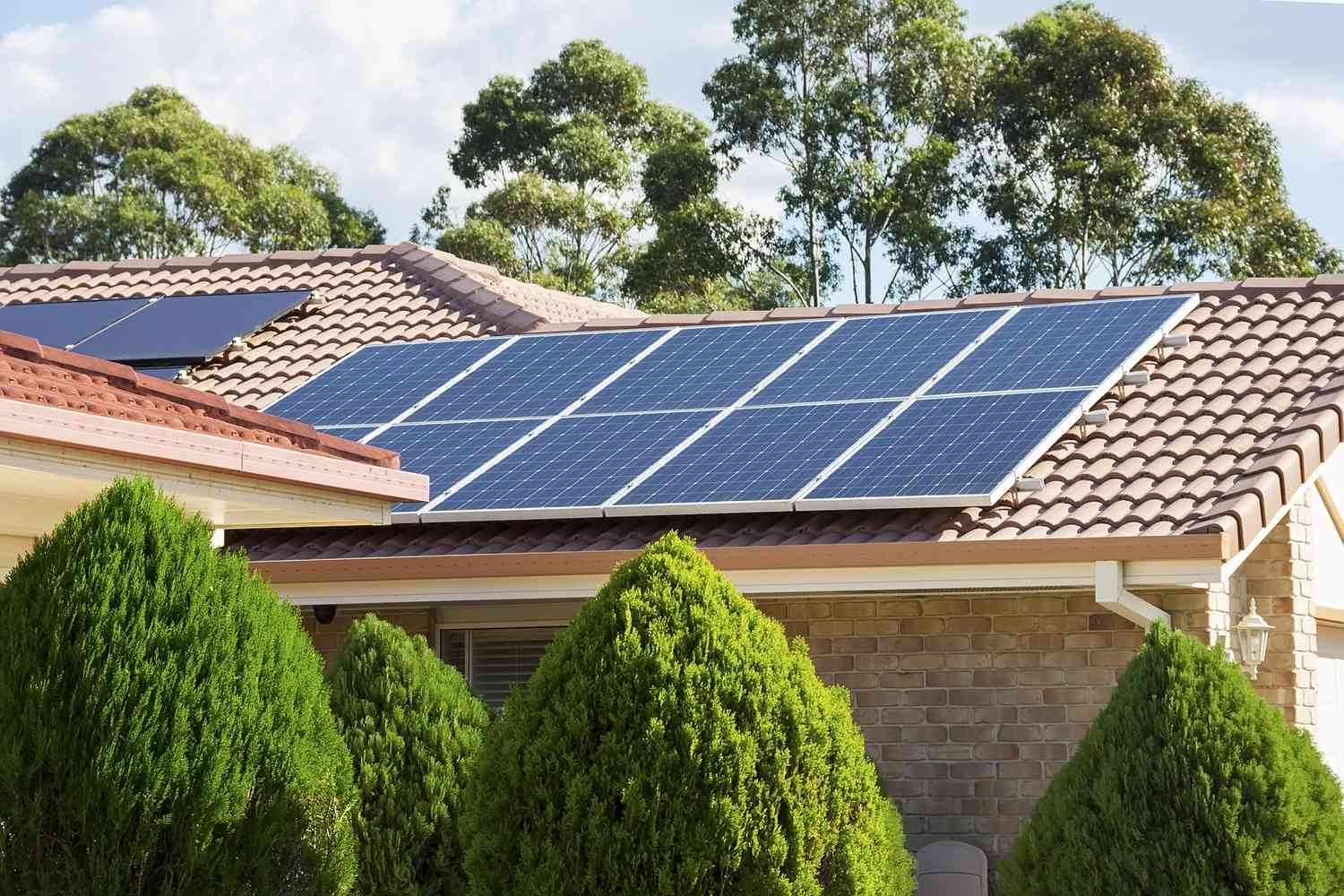Commercial solar panels are extremely durable, with top-tier brands now offering warranties that extend up to 25 years. The initial investment is relatively low, especially when considering the thousands of dollars they can save in energy costs over their lifetime. However, reaping the full benefits of commercial solar panels is dependent on their effective installation.
Switching to solar energy is not only a sustainable choice but also an eco-friendly option for commercial spaces. As the demand for these systems increases, it becomes increasingly crucial to manage the transition to commercial solar power systems without encountering common pitfalls.
1. Installing Solar Panels in Shade
If solar panels are shaded, they will produce no power at all if the sun does not shine directly on them. Not getting the promised electricity output from solar panels is like throwing money away. This is why they need to be set up in sunny spots on the roof.
Keeping solar panels out of the shade may seem like a no-brainer, but there's more to it than meets the eye. Because the sun moves across the sky, the direction of shadows shifts throughout the day.
When the sun rises in the east, for instance, a tall tree's shadow will fall to the west, and when the sun sets in the west, the tree's shadow will fall to the east. Some of your property may be bathed in sunlight first thing in the morning but spend the afternoon in complete darkness.
2. Solar Panels Were Not Placed in the Best Possible Direction
More than just shadows affects your solar panels' exposure to sunlight. Even the most effective panels lose output if they are installed in an inefficient orientation.
If you live in the northern hemisphere, like the United States, the optimal location for your solar panels is on a south-facing roof.
Given that the sun rises in the east, panels oriented in that direction produce the most energy first thing in the morning. Panels facing east are ideal for buildings that see most of their use in the morning, like schools, but at the expense of afternoon output.
On the other hand, panels that face west get the most sun in the afternoon. Panels facing west will generate electricity when the price per kilowatt-hour is highest (in the afternoon and evening), which is when many utility companies charge more.
3. Using the Same Electrical Circuit for Solar Panels with Varying Orientations
To maximize the amount of roof area covered by your solar panels, they are generally installed in a number of angled portions. This allows for a system to have panels facing in a variety of orientations, increasing the system's potential output at different times of the day.
The group that faces east will be more efficient in the morning, while the group that faces west will produce more energy in the afternoon.
Connected solar panels should generate around the same amount of power. Solar panels with comparable positioning should be clustered together because orientation influences when they are more productive.
However, if solar panels with wildly varying output profiles are linked together, the result is inevitable interference. In the morning, solar panels facing west will produce less energy than those facing east, and vice versa.
4. Putting Too Many Solar Panels
Despite their long lifespan and high output, solar panels might reduce your return on investment if installed in excess. This may appear contradictory because solar panels use a renewable and free energy source (sunlight) to generate power. But there's a big reason why you shouldn't go overboard with the panels.
Every day, your home needs a specific quantity of electricity, which typically comes from the grid. Once they installed solar panels, they were able to offset all or most of this use. When the amount of energy produced by solar panels exceeds the amount of energy used in a home, the excess is sent to the utility company. If this occurs, it will lead to one of the following outcomes:
You will receive a credit from the electric company that can be used for future payments.
A solar export tariff, also known as a feed-in tariff, is a possible reward for any extra energy generated by your system.
Some utility providers do not compensate customers for the energy they generate from solar panels in excess of their needs.
5. Installing a Few Solar Panels
Although the upfront cost of a solar power system is reduced by using fewer panels, the financial return suffers when the system is too small. This is because of the irreducible fixed costs associated with installing a residential solar energy system.
Permitting and connecting to the grid are two examples of fixed expenditures. Some parts, including the inverter and electrical protections, are required regardless of the solar system's power output.
Conclusion
Switching to solar energy can help lower electricity costs and improve air quality. The best way to take advantage of this sustainable resource is to avoid typical pitfalls. Consider the size of your home, the state of your roof, whether or not a professional solar panel installation is necessary, whether or not you qualify for any tax credits, and how often you plan to perform maintenance.


